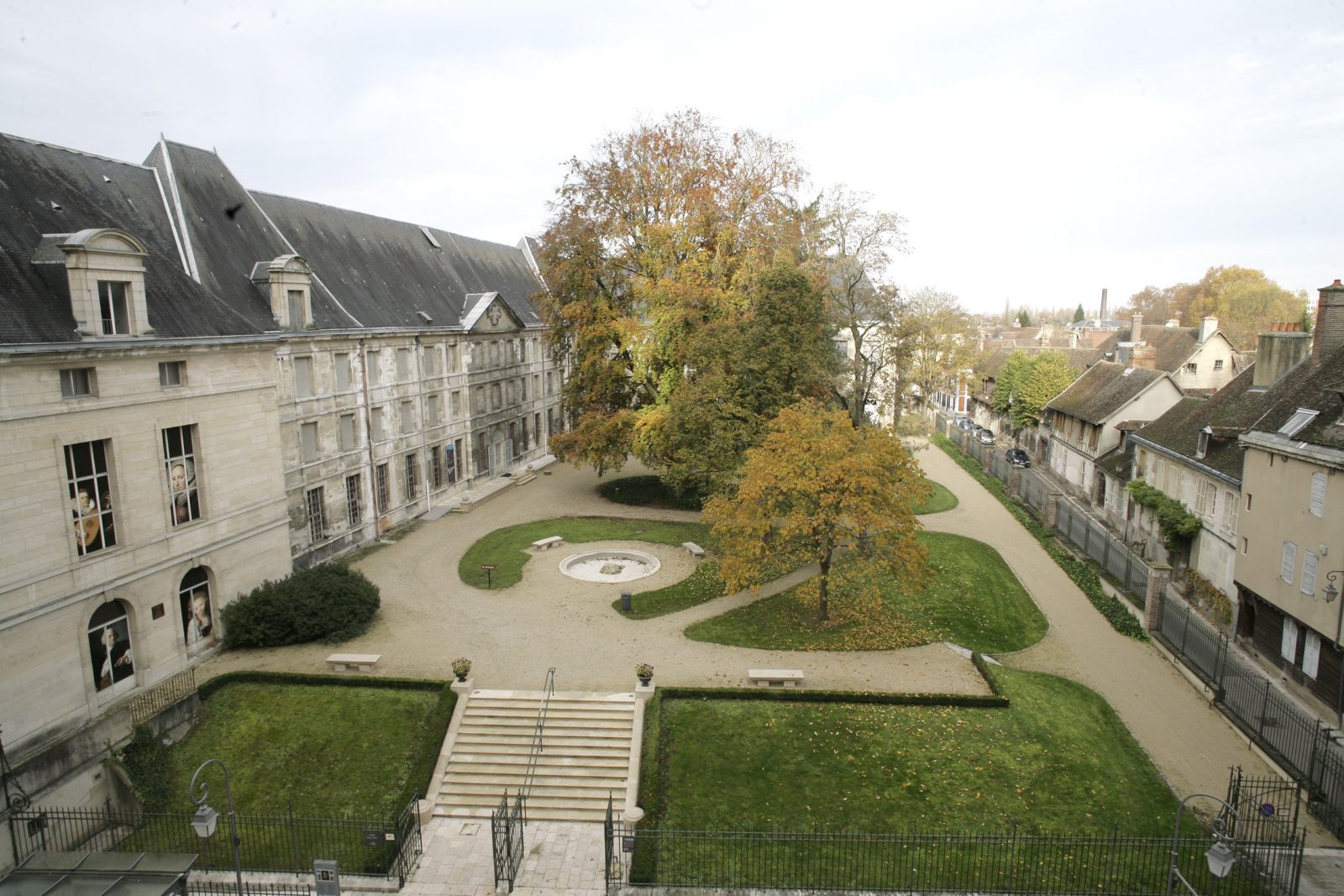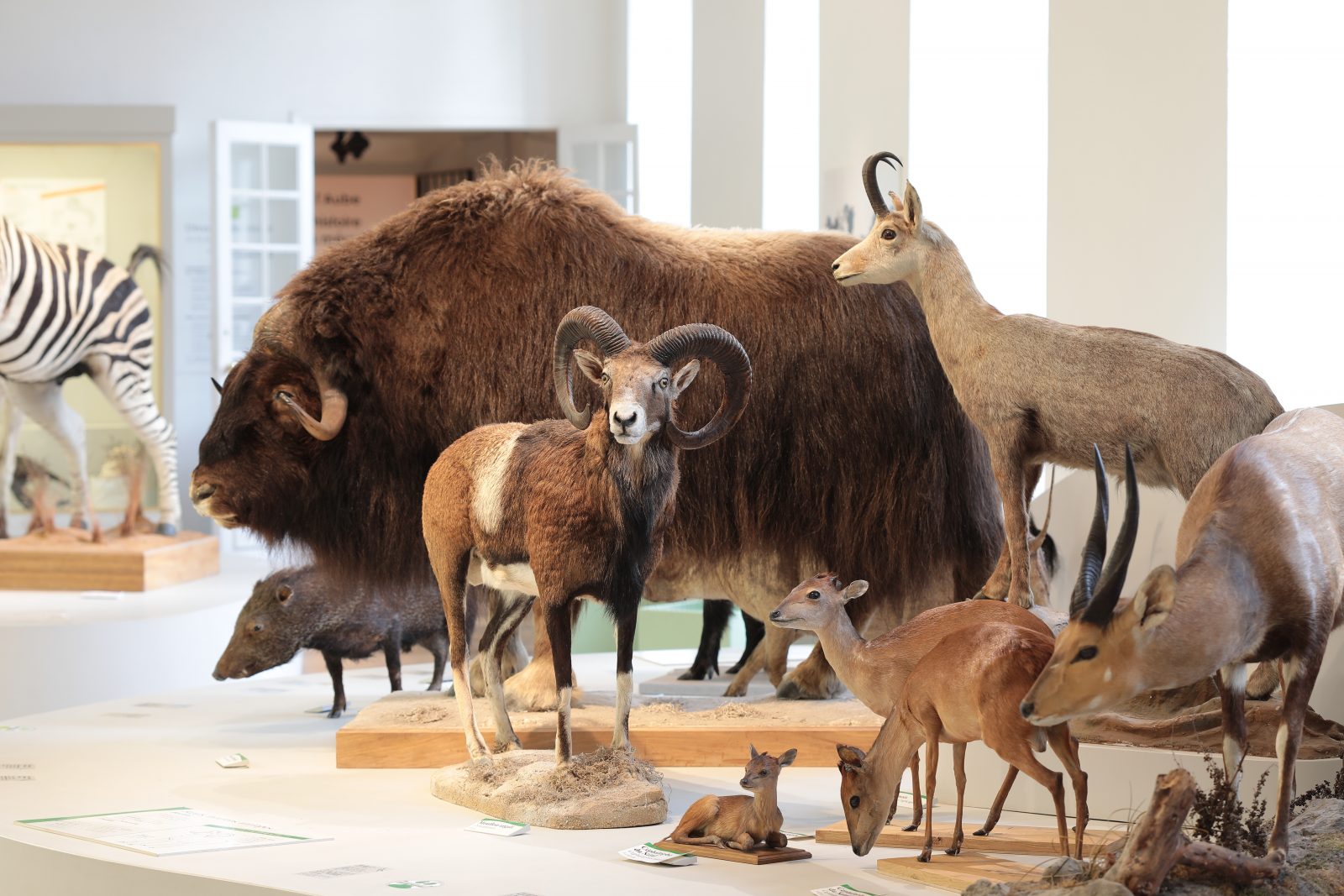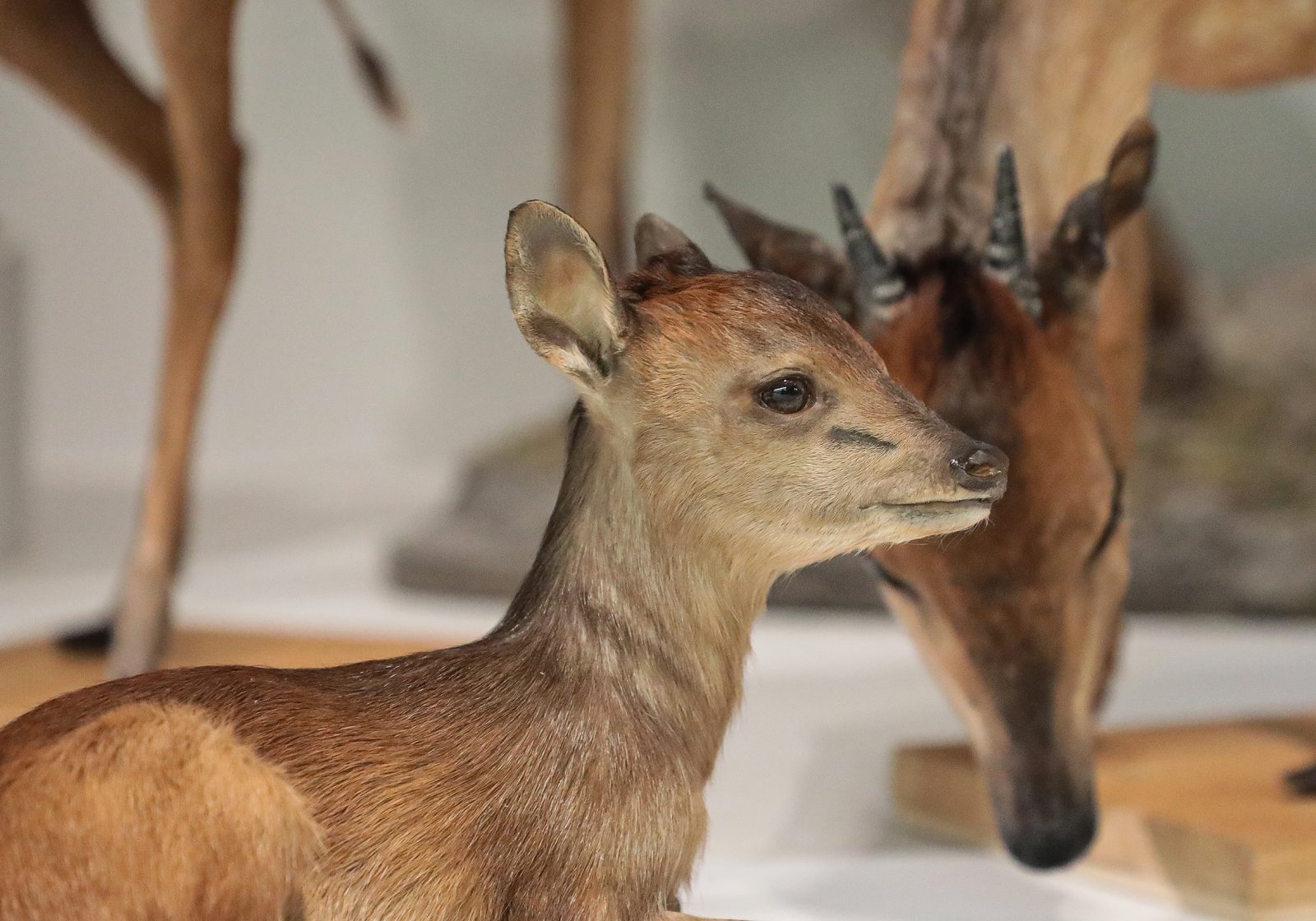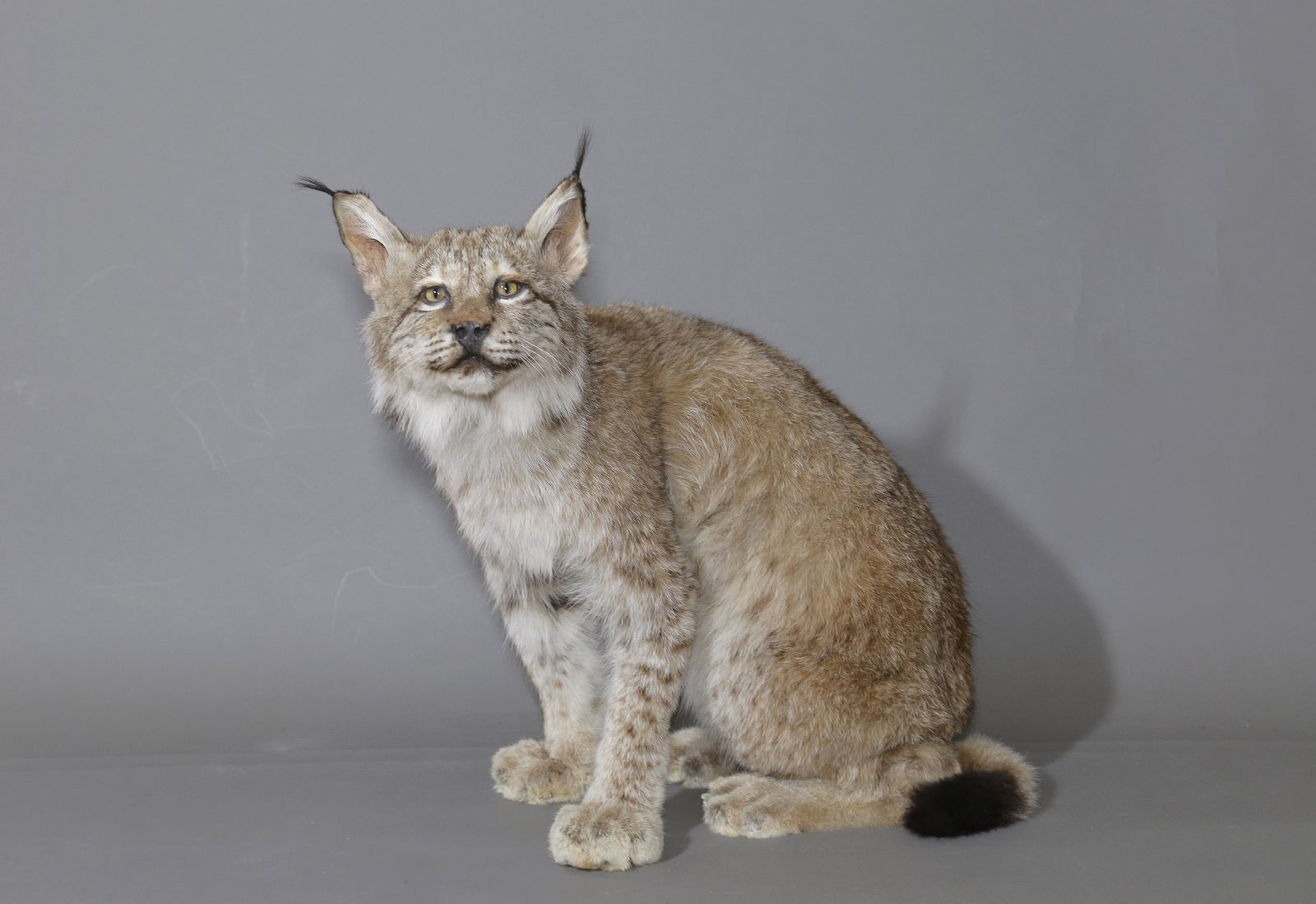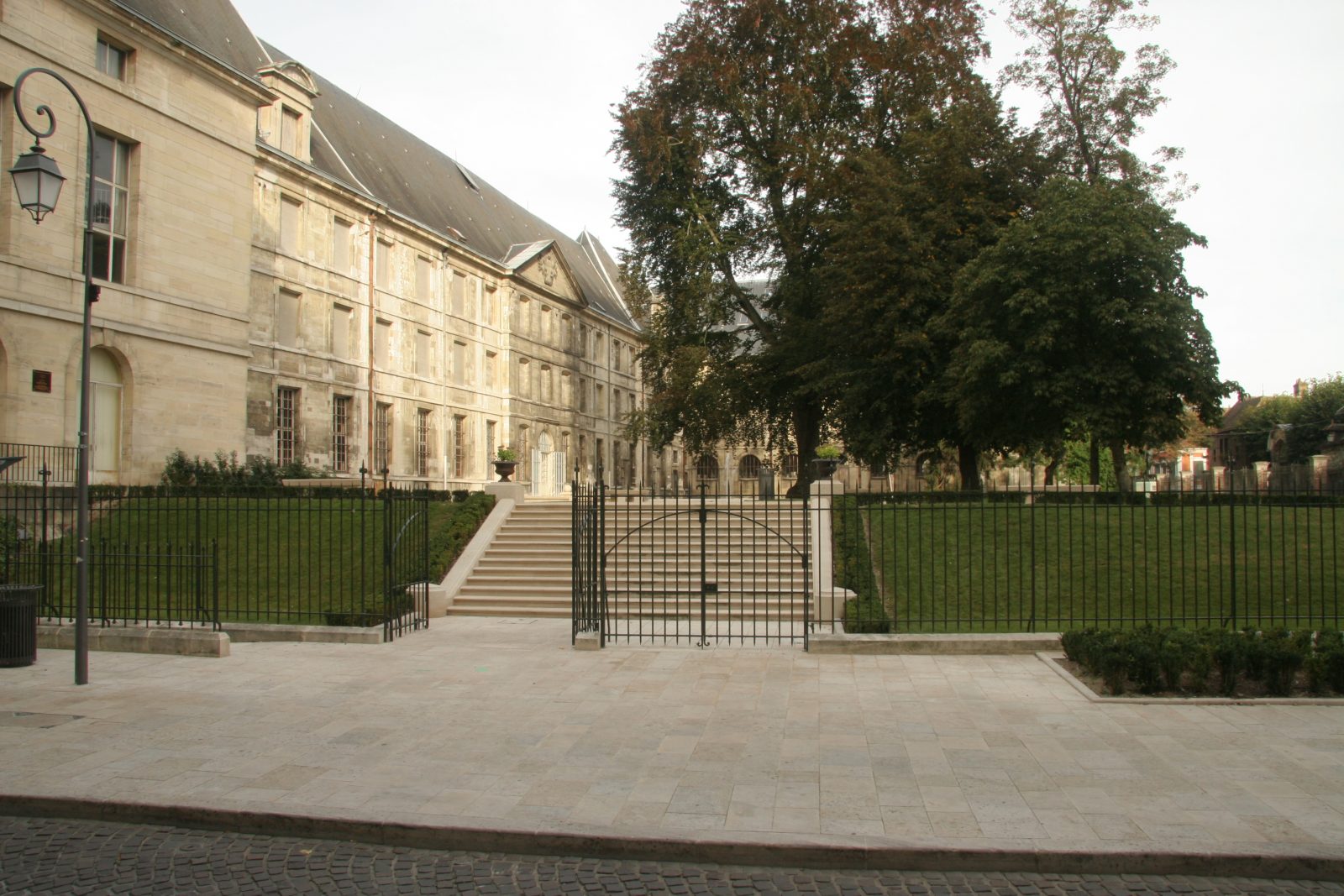About
Near the cathedral, the former Saint-Loup Abbey, founded at the dawn of the Middle Ages and now rebuilt, is home to the Natural History Museum.
The Troyes Museum dates back to the end of the 18th century. Its first collections (from the Muséum national d'histoire naturelle, the Ecole des Mines de Paris and the cabinet of the Comte de Brienne) were put together for teaching purposes by teachers at the Ecole centrale du département de l'Aube (a public education establishment created during the French Revolution).
In 1802, the management of these collections was entrusted to the Société d'Agriculture, des Sciences, Arts et Belles-Lettres du département de l'Aube (now the Société Académique). Professor Serqueil, a member of the society, was appointed curator of the collections, which were installed on the ground floor of the library, in the former Saint-Loup abbey.
In 1814, an incendiary bomb destroyed part of the building and the first museum was forgotten.
From 1829 onwards, the Société Académique brought together the collections that had been dispersed or had escaped destruction. These collections were kept at the Prefecture and then, from 1831, in the former Saint-Loup Abbey.
In 1833, the Cabinet d'histoire naturelle, the future Muséum, opened its doors to the public.
The collections have grown steadily over the years, thanks to donations from enthusiastic amateur naturalists who are helping to advance knowledge. As members of the Société Académique de l'Aube, they meet up to exchange ideas, organise field trips, record the plants, rocks and fossils they collect and publish articles in the Society's Mémoires. The specimens they collected were often added to the Museum's collections. Among the naturalists who contributed to the development of the Museum and naturalist knowledge were Leymerie, Des Etangs, Clément-Mullet, Briard, Cartereau, Drouët, Ray, Cotteau and Hariot.
In 1967, the Société Académique de l'Aube transferred the Museum's entire collection to the City of Troyes.
Today, the challenge is to bring these collections to life and link them to today's world, while respecting their history. The museum's role is to conserve, study and enhance the collections, but also to disseminate them and make them accessible to everyone, from researchers and specialists to the general public, in order to continue this effort to pass on and develop scientific knowledge.
Classification & labels
- Bad weather alternative
Languages
- English
- French
Opening
| Days | Hours |
|---|---|
| Monday | 10h00 to 13h00 and 14h00 to 18h00 |
| Wednesday | 10h00 to 13h00 and 14h00 to 18h00 |
| Thursday | 10h00 to 13h00 and 14h00 to 18h00 |
| Friday | 10h00 to 13h00 and 14h00 to 18h00 |
| Saturday | 10h00 to 13h00 and 14h00 to 18h00 |
| Sunday | 10h00 to 13h00 and 14h00 to 18h00 |
Exceptional(s) closure(s)
- 01/01/2025
- 01/05/2025
- 01/11/2025
- 11/11/2025
- 25/12/2025
Rate
| Rate | Min. | Max. |
|---|---|---|
| Adult | Min: 7€ | Max: 7€ |
| Group adults Groups (over 12 people) | Min: 4€ | Max: 4€ |
Free admission for all, on the 1st Sunday of each month. Free admission for Troyens on the 1st Saturday of each month (on presentation of the Pass'Troyen).
Free admission (on presentation of proof): young people under 26, jobseekers, disabled people and accompanying persons, ICOM, journalists, tour guides.
Payment
- Bons CAF
- Bank/credit card
- Check
- Cash
Services
Services
- Educational visits
- Guided tours
Activities
- Activity
- Children's entertainment
